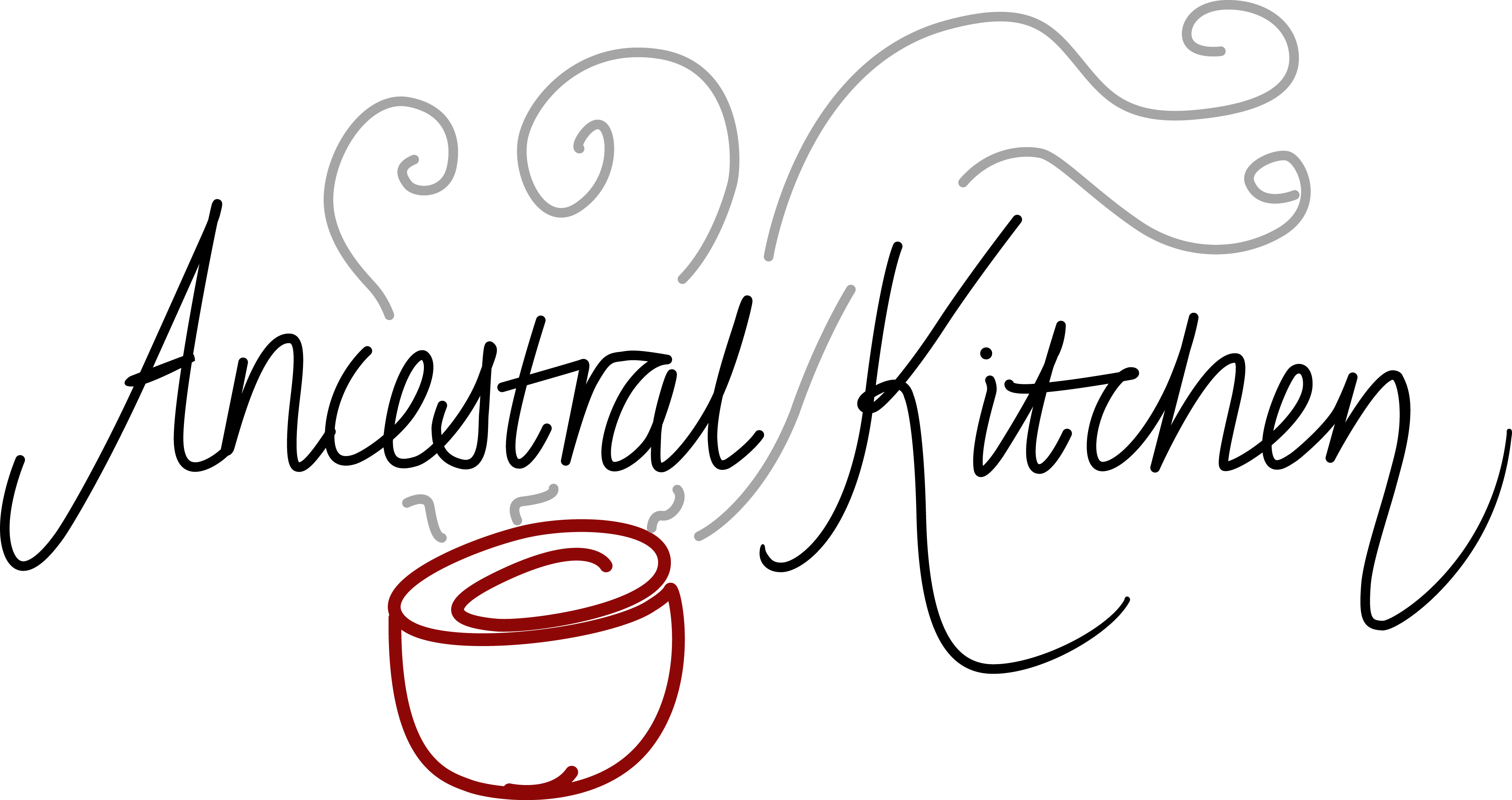There are many types of oats on the market. The choice, and their different names, can be confusing. This article explains the difference between two of them – rolled oats and oatmeal. It also illuminates the history of both types and gives you some interesting ways of cooking them.
Oatmeal: A Transatlantic Linguistic Difference
A discussion on the difference between rolled oats and oatmeal must start with a definition of the word oatmeal:
In American English, the word oatmeal means a bowl of cooked oats, usually served as breakfast. (In British English, this is called porridge.)
In British English, the word oatmeal means oats that have been stone-ground into a coarse flour.
So, in American English, if you asked for a bowl of oatmeal, you’d be handed a steaming breakfast dish, perhaps topped with fruit and nuts.
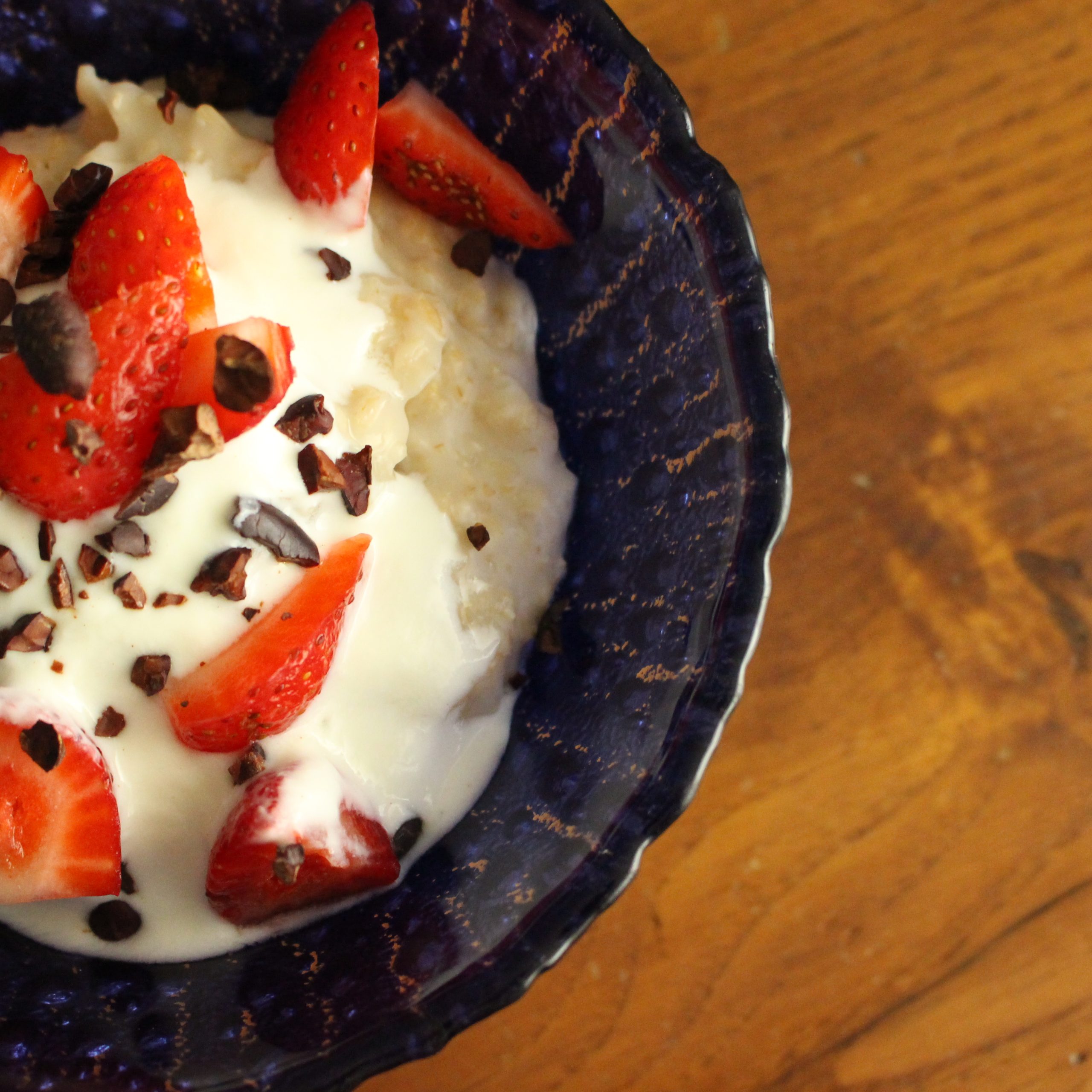
But in British English, if you asked for a bowl of oatmeal, you’d be handed a raw ingredient; something that you could use to create your breakfast (which would be called porridge) with.

The Difference between Rolled Oats and Oatmeal
So now we know that, in British-English, oatmeal is not a finished dish but an ingredient to create breakfast with, let’s define the difference between this form of oats and rolled oats.
Oatmeal is…
Oatmeal, in the British English definition, is a product made by stone-grinding oat grains. This process is, literally, squashing the grains between two stones until they break. Once ground, the resulting ‘meal’ is separated into different sizes using sieves. We, as cooks, can then purchase fine oatmeal, medium oatmeal and coarse (often called pinhead) oatmeal.

Rolled oats are…
Rolled oats, which have the same name in both the USA and the UK, are made by passing oat grains through steel rollers to flatten them. Like oatmeal, we can buy rolled oats in different sizes. Large rolled oats are made by rolling whole oat grains. Smaller rolled oats are made by rolling broken oat grains.

Which is Older, Oatmeal or Rolled Oats?
Oatmeal, A Potted History
Our ancestors have been grinding oats into oatmeal for centuries. At first, this was done with two stones. One of these was static, often with a concave top to hold the grain, the other was palm-sized and, being held in the hand, worked the grain to crush it.
From the first century onward, this technology was replaced by the quern – a manually-turned set of two large circular stones – which dominated oatmeal-making for centuries. Although watermills were also prevalent in the UK, one researcher estimated that there were still 2000 querns in Scotland in 1900 (1).
Fast forward to our modern world, and oatmeal is made in large, industrial stone mills. It comes in fine, medium and coarse (sometimes called pinhead) grades.
When Did Rolled Oats Come In?
A machine to roll oats was invented in 1877. The oat grains, once flattened, were more visually appealing than oatmeal and easier to cook. Quaker, then a very young company, saw an opportunity to market rolled oats as a breakfast cereal to Americans (who at that stage did not eat breakfast cereals as we know them today).
Quaker registered the first trademark for a breakfast cereal (which they called oatmeal) and in 1882, launched a ground-breaking marketing campaign that included running the first national magazine adverts for a breakfast cereal and delivering free trial-size samples of Quaker oats door-to-door.
As we know, their oat marketing campaign paid off: Quaker were bought by Pepsi in 2001 for $14 billion and rolled oats are now ubiquitous!
What’s the difference between rolled oats and oatmeal in my kitchen?
Both rolled oats and oatmeal can be made into a hot breakfast cereal (called, confusingly, oatmeal if you’re eating it in the US and porridge if you’re eating it in the UK!)
If you’re making oatmeal/porridge with rolled oats, the smaller the rolled oats are the less time they will take to cook. Cooking ‘old-fashioned’ oats in the US (which are called jumbo oats in the UK) takes around 10 minutes whereas cooking ‘instant’ oats (often called small oats in the UK) takes just a few minutes.
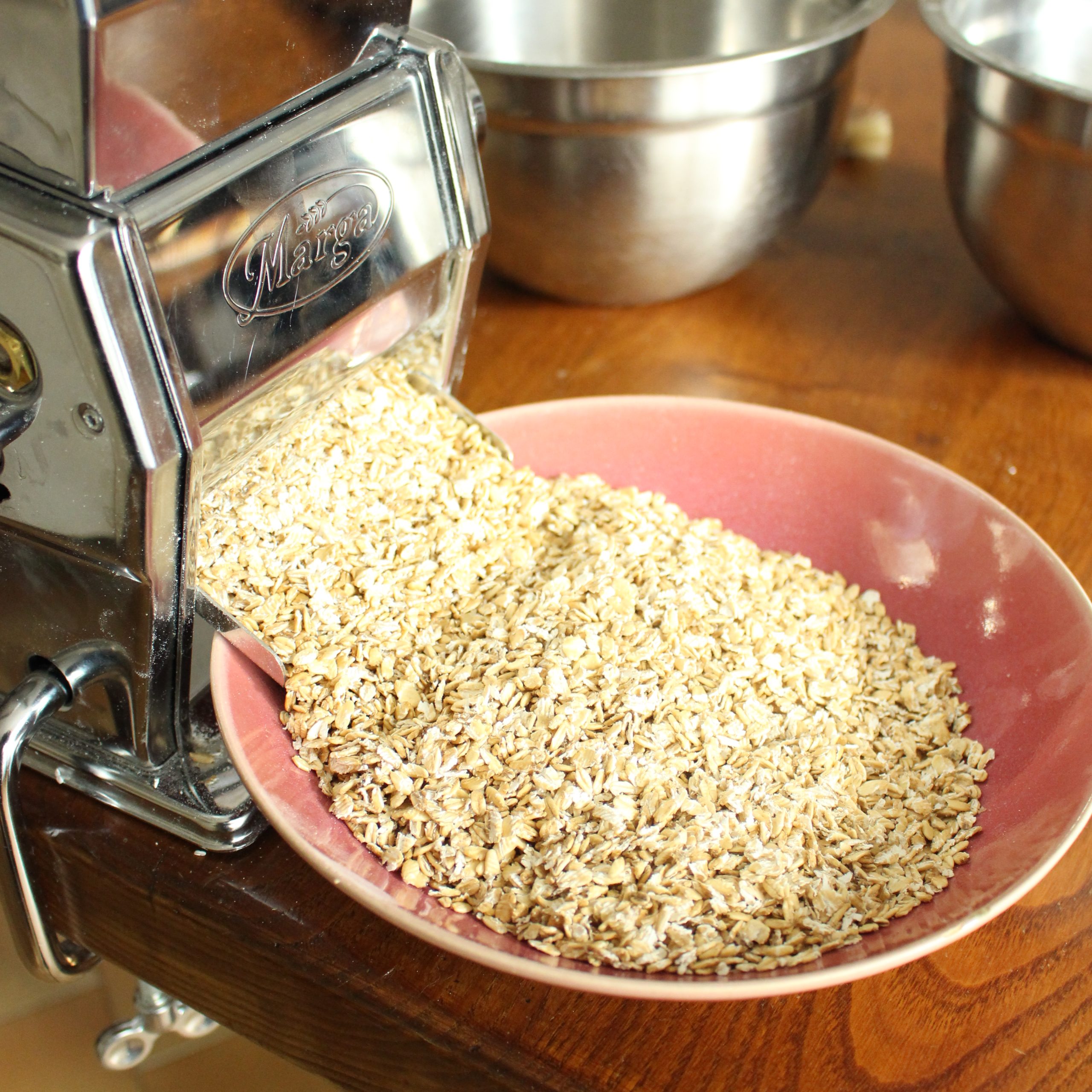
If you are making oatmeal/porridge with oatmeal (ie stone-ground oats), it’s best to use medium oatmeal. I like to soak it overnight in water. After having done this it takes 10 minutes to cook. If I’m unable to soak it overnight, I usually give it an extra 5 minutes cooking time.
What is oatmeal/porridge made with oatmeal like?
I am a porridge fan so my answer is ‘delicious!’. Using medium oatmeal gives the resulting dish more of a ‘bite’ than using instant oats. It’s often tastier too. This is because oatmeal is less processed than rolled oats. All oats (except the ‘naked’ variety) have been steam-heated before they get to our kitchens, but rolled oats are steam-heated twice. In my opinion that means they are often less flavourful than oatmeal.
How can I create porridge like a Scot?!
Our Scottish ancestors would likely not recognise the bowls of steaming oats that we have at our breakfast tables today, neither in the preparation or how they are served. If you want to make porridge like a Scot, here is my advice:
1/ Use medium oatmeal (see below for how to access/make this)
2/ Bring a pot of water to the boil then turn it down to a strong simmer. Whilst stirring with a wooden spoon (or, if you can get one, a spurtle, the traditional Scottish porridge-stirring tool) with one hand, sprinkle oatmeal into the water with your other hand (be careful not to burn yourself on the steam!).
3/ When you have a good consistency (not too thick, as it will thicken up as you cook further), turn the heat down low, rest a lid on the saucepan and cook for a further 5-10 minutes, stirring occasionally.
4/Just before serving, stir in a good quantity of the best quality salt you can find.
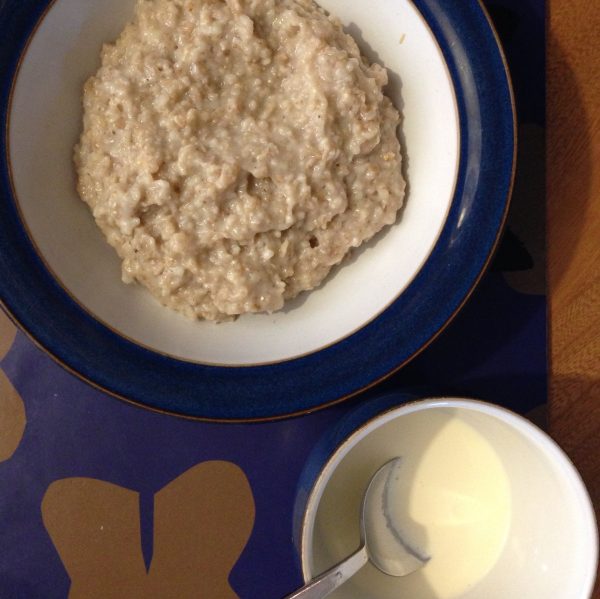
5/ To serve traditionally, pour the porridge into a wooden bowl and use a wooden spoon. Then to eat as the Scots did, set a small container of cold cream to one side. Take a spoonful of your hot porridge and dip it into the cold cream. Enjoy!
You might also like:
How to Roll Oats at Home (& 3 Good Reasons to Do It!)
How to Make Your Own Stone-Ground Oats (coming soon)
To access oatmeal/stone-ground oats outside the UK, search local suppliers. In the US, Bob’s Red Mill sells oatmeal branded as ‘Scottish Oats’. You can also make your own using whole oat groats, a home grain mill and a couple of sieves. I have a post on how to do this coming soon!
(1) Oats, Their Cultivation and Use from Ancient Times to the Present Day, William M Findlay, 1956, Oliver and Boyd.
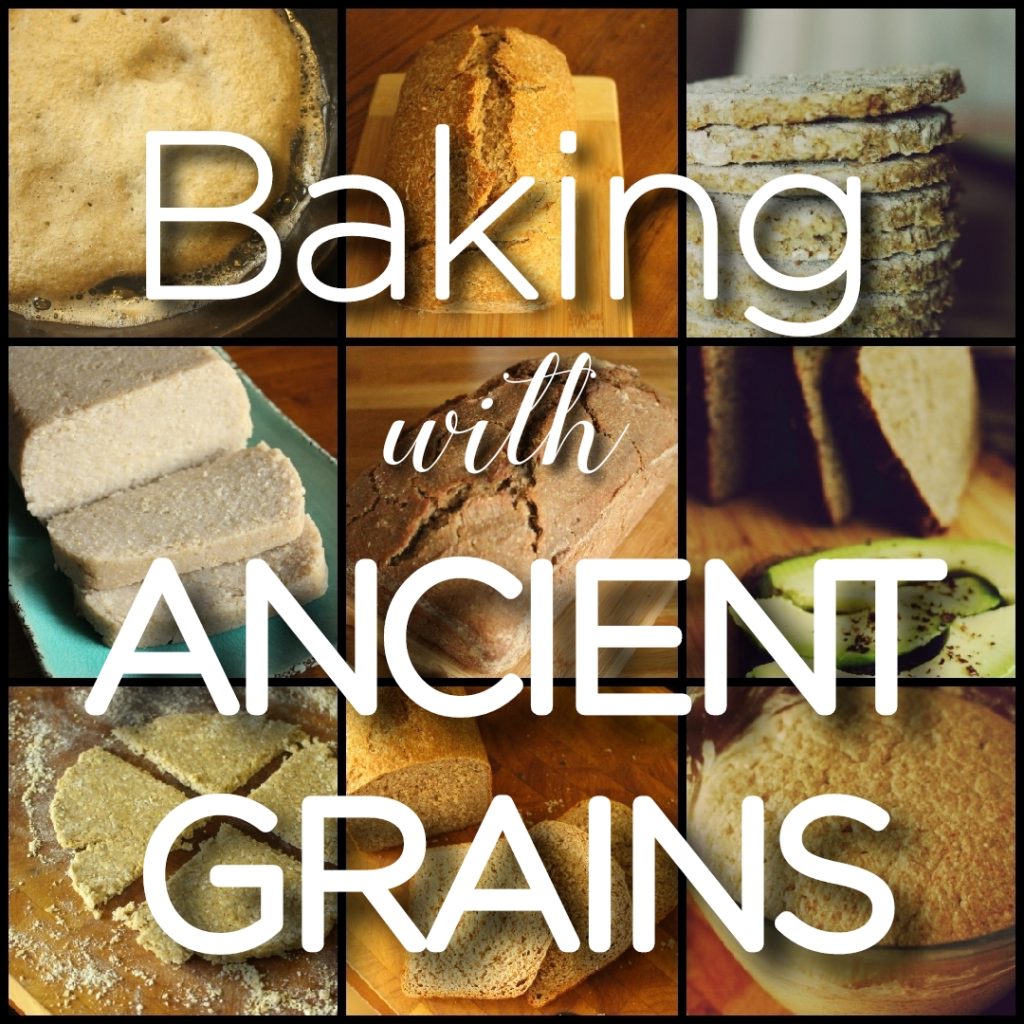
Bring ancient grain baking into your kitchen!
Download my free 30-page guide with five healthy and tasty 100% ancient grains recipes.
